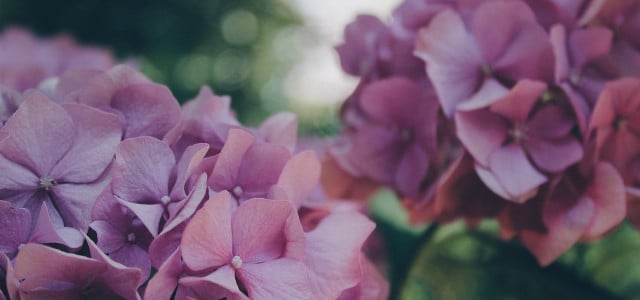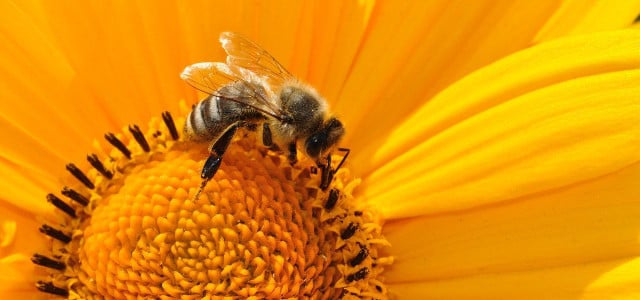Dried hydrangeas can help you carry that summery feeling into fall. Hydrangeas impress everyone with their large, colorful blossoms. We’ll show you how to dry hydrangeas and give you some ideas about how to use them.
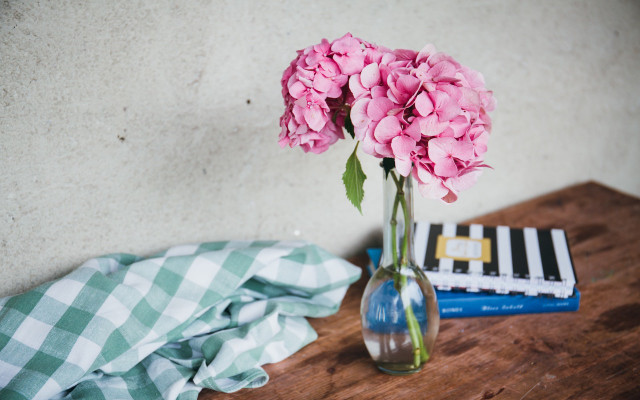
To help your dried hydrangeas come out as beautifully as possible, make sure you cut the fresh flowers properly:
- Choose a full bloom with the brightest, most intense color.
- Cut the flowers on a dry day in August, waiting until after the dew has dried.
- Feel the petals before cutting: young flowers are still much more delicate, whereas older flower clusters are sturdier and more suitable for drying.
- Cut the stems at an angle about six to eight inches below the blossoms.
Drying Hydrangeas Naturally
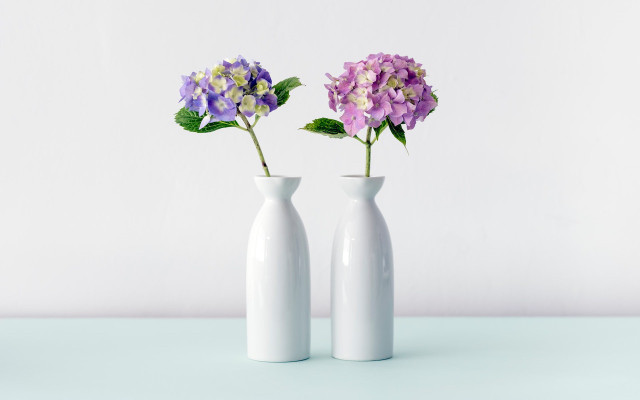


The easiest way to make dried hydrangeas is by letting the air do most of the work. There are two ways to do this:
- Place the flowers in a suitable vase with a little bit of water — this helps the flowers dry evenly, instead of withering. After the flower has used up the water, do not add more. Make sure that the flower is standing upright and that you don’t touch the leaves.
- Tie a string around the stems of the flowers and hang them upside down. This will prevent the flowers from bending or looking floppy due to gravity. A dark, warm, and dry room, such as a boiler room or attic, is best. Alternatively, you can dry the flowers in your closet — just try not to touch them.
Air drying hydrangeas is quick and easy. After about a week, the flowers will be dry and can be used for decoration and crafts. Although dried hydrangeas lose their bright color, they take on a beautiful faded pastel look.
After harvesting your flowers, get your hydrangea plants ready for winter. Read more: Hydrangea Winter Care: Tips and Tricks for Colder Months
How to Dry Hydrangeas with Glycerin
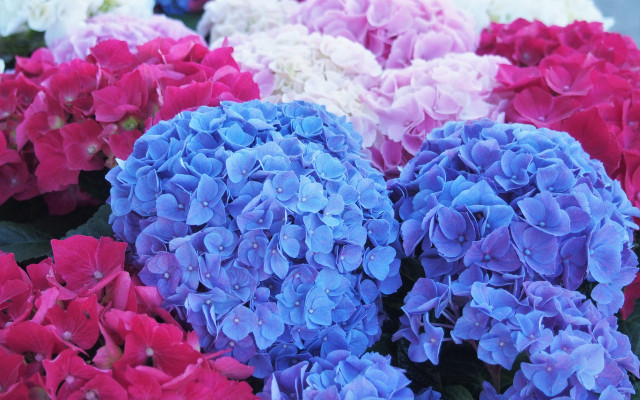


This method is best used when you want your dried hydrangeas to be colorful. Glycerin is commonly used in cosmetic products to bind moisture, but not all glycerin was created equal:
Glycerin is often obtained from petroleum, palm oil, or animal fats, but it can also be derived from vegetable oils. To help support the environment, make sure you buy glycerin that comes only from plant sources. You can find it at your local health food store, or you can buy it on Amazon**.
Here’s how to dry hydrangeas with glycerin:
- Mix 1 part glycerin to 2 parts water and pour the liquid into a suitable vase. Taller vases are often better as they provide support for the often top-heavy flowers.
- Cut the stem of the hydrangea flower at an angle and place the flowers in the glycerin water.
- After the plant consumes the liquid, the water evaporates while the glycerin remains in the cells of the flower. This preserves the plant and allows it to retain both its texture and color.
The methods we’ve described will work for many types of flowers. If you need more tips, check out “How to Dry and Preserve Flowers: 3 Easy Methods“.
Uses for Dried Flowers
Once you’ve dried your flowers, there are plenty of ways to use them:
- Make a dried hydrangea wreath or add them to garlands
- Place large bouquets in vases around your home
- Use them as a seasonal front porch decoration
- Gently glue the individual flowers to greeting cards for friends and family
- For more creative ideas, follow us on Pinterest!
This article has been translated from German by Karen Stankiewicz. You can find the original here: Hortensien trocknen: Mit diesen Tipps machst du die Blüten haltbar
** Links to retailers marked with ** or underlined orange are partially partner links: If you buy here, you actively support Utopia.org, because we will receive a small part of the sales proceeds. More info.Do you like this post?






